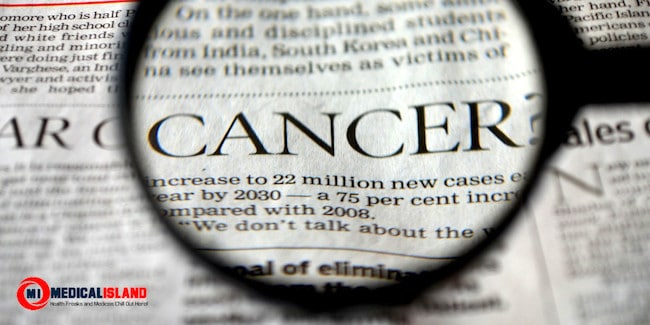Affecting the leukocytes (white blood cells), Leukemia mostly occurs in people over 55 years of age. However, it is also common in those under the age of 15. This condition can be fatal, but with a proper blood cancer treatment, it can be controlled. Unfortunately, there are no sure shot prevention methods for leukemia, but certainly, a few factors can be avoided to reduce the risk.
What Are the Symptoms of Leukemia?
Depending on the type of leukemia one is suffering from, the symptoms vary. The common ones include –
- Enlarged spleen or liver
- Weakness and fatigue
- Tenderness or pain in the bone
- Excessive sweating at night
- Chills and fever
- Unexplained weight loss
- Easy bruising and bleeding
- Severe infections
- Red spots on the skin
- Frequent nose bleeding
Factors That Increase the Risk of Leukemia
Smoking
Smoking puts anyone at risk to many cancer types, including Acute Myelogenous Leukemia (AML). The carcinogens present in cigarettes are absorbed by the lungs which travel further into the bloodstream. 1 out of 5 acute myelogenous leukemia cases is linked to smoking.
Chemical Exposure
Prolonged exposure to benzene is another risk factor associated with leukemia. People who work in manufacturing plants associated with the production of pesticides, paints, detergents and solvents are at an increased risk.
These risks can be easily avoided by quitting smoking and by wearing masks. Unfortunately, the risks that cannot be avoided are:
History of Chemo or Radiotherapy
Those who have undergone chemo or radiotherapy (or both) as a course for treatment for any other cancer, have an increased risk of developing leukemia.
Age
As stated earlier, leukemia mostly affects people aged 50 and above. Approximately 60-70% of registered cases fall in this age bracket.
Family History
Another factor that increases the risk of leukemia is family history. If a first-degree relative is suffering from Chronic Lymphocytic Leukemia (CLL), the risk of developing this cancer in others doubles.
Down Syndrome
People with Down syndrome have an extra (third) copy of chromosome 21 because of which they are more likely to develop acute myeloid leukemia (AML) or acute lymphocytic leukemia (ALL).
Myelodysplastic Syndrome
MDS or Myelodysplastic Syndrome is a bone marrow disease that has an increased risk of further developing into acute myelogenous leukemia (AML). Thus, someone who is suffering from MDS is at a higher risk of developing leukemia (AML).
Human T-Cell Leukemia Virus (HTLV-1)
HTLV-1 is a virus closely linked as a cause of leukemia. It affects the white blood cells and is usually spread through blood transfusions, sharing of needles (tattoo or drugs) and through sexual contact. It can also be transferred from the mother to newborn at the time of breastfeeding.
Are There Any Precautions That Can Reduce the Risk?
Though there are risk factors that cannot be avoided, there certainly are a few precautions that can significantly lower the risk of developing this cancer. General recommendations of prevention include –
- Maintaining a healthy diet
- Maintaining an active lifestyle
- Avoiding exposure to radiation
- Avoiding exposure to gasoline, benzene, motor exhaust and harsh cleaning products
- Quitting Smoking
- Getting regular medical checkup
In most cases leukemia cannot be prevented; however, the precautions mentioned above can help in reducing the risk.
